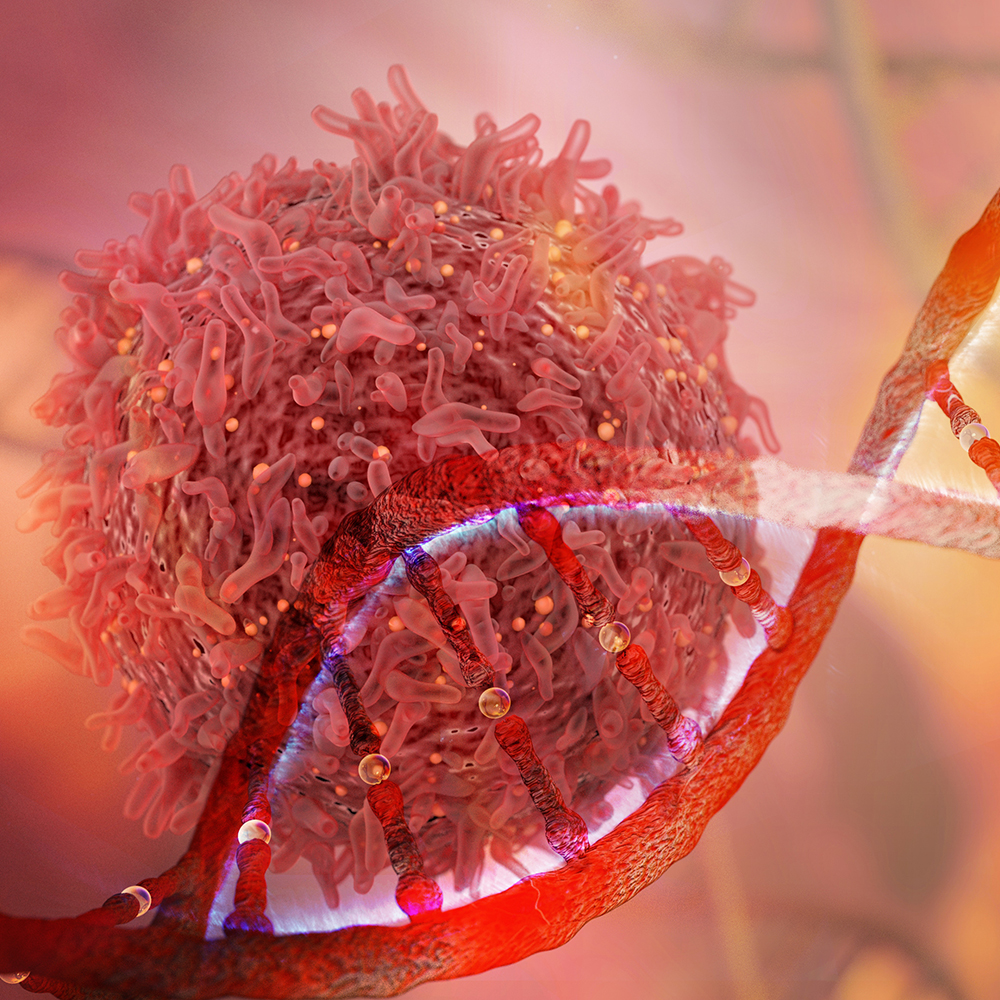News
July 26, 2021
Catching cancer in the toilet

One of the keys to curing cancer is early detection. This is one reason why some cancers like thyroid cancer can have survival rates over 80%, while others like pancreatic cancer are under 10%. Included in the latter group are upper urinary tract urothelial carcinomas, which are a type of urothelial cancer occurring in the renal pelvis or ureter. A new study led by Dr. Seishi Ogawa, a principal investigator at ASHBi, shows how analyzing DNA from urine samples can provide better diagnosis and management of this disease.
Cancers can reveal themselves in the most banal ways. A small bump or unexplained pain can result in the most frightening diagnosis. Decades of research have resulted in blood, genetic and other tests that can catch some cancers in its early and still treatable stage. Urinary tract urothelial carcinomas are an exception, however.
“Although they share similar clinicopathological features, we know far less about upper urinary tract urothelial carcinomas than we do about urothelial bladder carcinomas. In fact, we usually detect upper urinary tract urothelial carcinomas only after they have progressed and metastasized. In addition, the testing for these cancers is quite burdensome on the patient, unlike urothelial bladder carcinoma,” explained Ogawa, who is an expert of molecular oncology.
For the early diagnosis of urothelial cancers, non-invasive methods such as urinary cytology are used. Here, urine samples are observed under a microscope, but this approach is more than twice as sensitive for urothelial bladder carcinomas than for upper urinary tract urothelial carcinomas.
To establish a new non-invasive approach, Ogawa and his colleagues first collected tumour samples from 199 upper urinary tract urothelial carcinoma patients to conduct a comprehensive genetic and molecular analysis. They found upper urinary tract urothelial carcinoma could be divided into five subtypes based on the presence or absence of hypermutations as well as mutations in four families of genes: TP53, MDM2, RAS, FGFR3. All four families have important roles in growth, and their mutations are known to be involved in cancer.
Notably, the subtypes identified by the researchers corresponded with the aggressiveness of the cancer and survival of the patient. Thus, they have clinical implications on the treatment strategy.
For example, said Ogawa, “Patients with high tumour-mutational burden like those with the hypermutation subtype or with a high expression of immune-checkpoint molecules might benefit from immune-checkpoint blockade therapy.”
To establish non-invasive diagnostic approaches, the researchers analyzed urine samples from 73 upper urinary tract urothelial carcinoma patients and from 18 other cancer patients for tumor-derived mutations. The sensitivity for upper urinary tract urothelial carcinoma indicators by the method proposed in the study was more than doubled that by urinal cytology.
Overall, the study proposes that sequencing DNA from urinary samples provides a remarkably accurate and non-invasive method to diagnosing upper urinary tract urothelial carcinomas.
“Considering the relatively low rate of positive urinary cytology, the high detection rate by sequencing urine samples is a surprise,” said Ogawa. “Our findings suggest DNA sequencing of urine samples is a potential tool for early diagnosis and therapy choice.”
